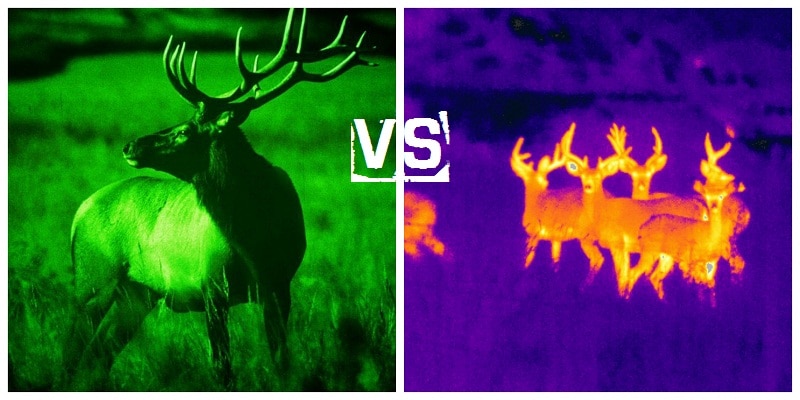When it comes to choosing an electronic optic, you have a lot of decisions to make. For nighttime use, you will be looking at both night vision devices and thermal optics. These cutting-edge products are in use around the country and around the world.
They serve in the hands of hunters, law enforcement, military forces, and astute home defenders. So which is better? That is a pretty tough question to answer as they both have their uses.
Instead of focusing on which one is better, the real question is which one is better for you.
That is what we hope to help you answer today! Now, let’s learn a thing or two about thermal and night vision optics.
How Each One Works
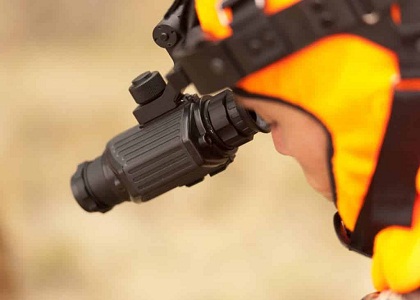
Night Vision
We are going to keep this short, because we have a separate, in-depth article on how does night vision work.
In short, it works by taking light and reflections of light and intensifying them into a crystal clear image. This image delivers an enhanced view of a low light picture that looks naturally high quality. In addition, night vision relies on ambient and infrared light to function correctly.
How Thermals Work
Thermal imaging uses a special lens that focuses on infrared light and creates a thermogram. The thermogram is then turned into electrical impulses that become a picture on the screen. The cool thing about thermals is that they can detect the heat given off by any living object.
As opposed to night vision, they do not require ambient light to work. However, they do not require darkness to function either! This means thermals can be used during the day or night as opposed to the other type of optic.
Night vision and Thermals Compared!
Pros of Night Vision

Night vision delivers a higher quality picture and allows you to differentiate between finer details. It also has a few features not seen in thermals. Facial recognition and a larger field of vision are two of the primary benefits of this type of optic.
Additionally, night vision is both cheaper and smaller in size than thermal optics. Unlike thermals, it is not affected by cold weather. This means it can be used in goggles, monoculars, scopes and binoculars.
Cons of Night Vision
The need for infrared and ambient light makes night vision useless in totally dark environments. Also, any light reflecting off of smoke or dust can disrupt the image. This kind of optic does nothing to defeat camouflage, and cannot function in total darkness ( unless you have an IR illuminator )
Pros of Thermals
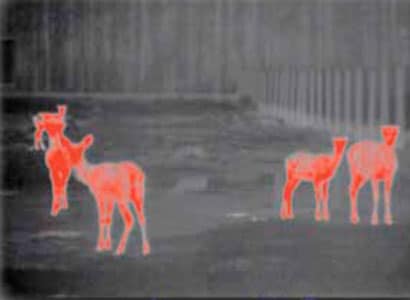
Thermal vision is a little more versatile in terms of when it can be used. They function day and night, and do not require infrared light to do their job. They also allow you to see through dust, smoke, and fog with ease. On top of that, camouflage is no match for thermals!
Cons of Thermals
Thermal devices can be thrown off by extremely cold temperatures, and even defeated by glass in some situations. These optics also tend to be heavier, bulkier, more delicate, and considerably more expensive. They also drain batteries extremely fast.
Which System is Better For Different Use Cases?
Night vision and thermal imaging can be used for a wide variety of tasks. These include hunting, tactical use, home defense, and just for fun. Both systems work well in these situations, but each has their pros and cons.
Hunting
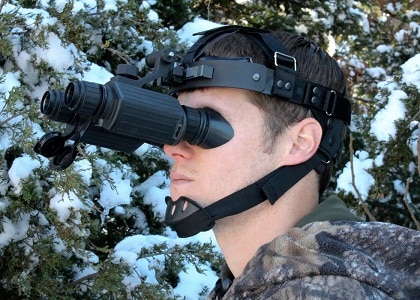
Where Night Vision Works Best
Night vision works best when you are stalking game, or remaining in motion while hunting. In these situations, the night vision is used for both seeing animals and safely navigating terrain. Paired with an infrared laser, you can easily aim your weapon while wearing a helmet mount.
Where Thermals Work Best
If you are taking up a fixed position like in a tree stand or a deer blind, a thermal optic is perfect. Thermals make it easy to observe your surroundings and pinpoint animals through brush and even fog. If you are hunting in a dense area, then this optic should be your go-to.
Tactical Use
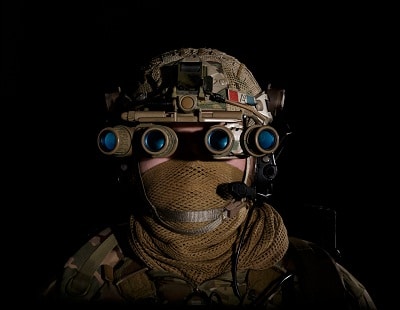
Where Night Vision Works Best
If you are moving and grooving through open terrain, night vision rocks for a number of reasons. You can see more vivid details, and navigate with ease. Also, night vision allows you to identify potential threats through facial recognition. You can’t see facial features with thermals.
Where Thermals Work Best
Thermals are invaluable if you are in a position where you are observing multiple targets, or have established a defense. They can see through camouflage so you can easily detect and track potential threats. This type of optic can also pick up vehicle movement with ease.
Home Defense
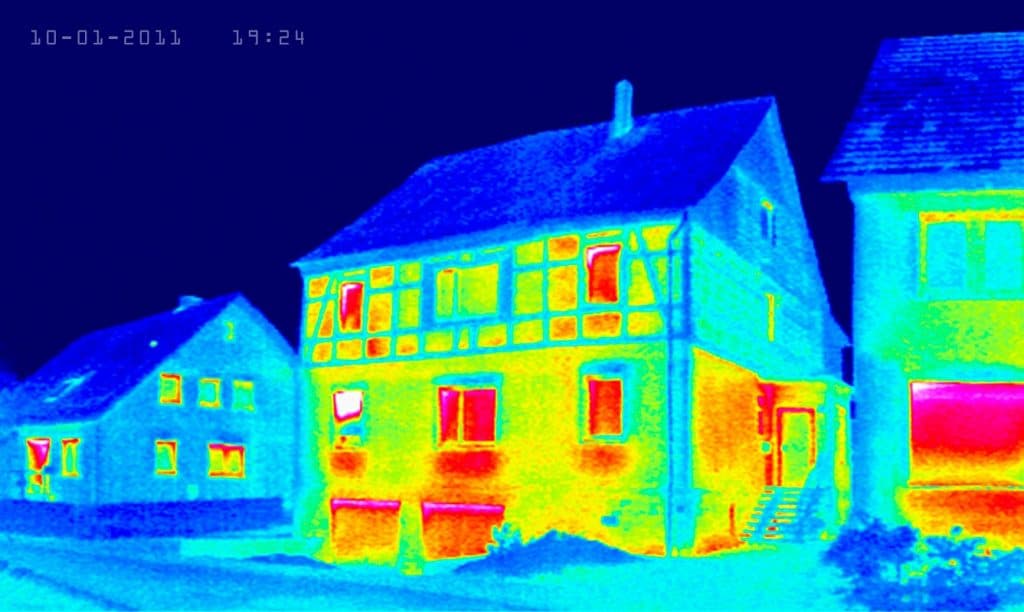
Where Night Vision Works Best
In the event you have to clear your home, you will want night vision over thermal. These devices are perfect for gathering family members safely and distinguishing friend from foe. Unfortunately, you will have to rely on ambient light or an infrared beam to help you navigate.
Where Thermals Work Best
A set of non-magnified thermal optics may be the best choice for home defense. However, they will need to be high quality and allow you to move with ease. Since thermals do not rely on ambient light, you won’t have to worry about finding your way in the dark.
Thermals also enable you to look out windows with ease to identify external threats. The downside is that facial recognition is almost impossible, so you have to know where every family member is to make sure you aren’t aiming at a friendly.
Recreational Observation

Where Night Vision Works Best
If you want to view animals for fun and watch the world around you, night vision offers more depth. It is easier to tell size, type, and other animal details accurately. For example, night vision allows you to see the difference between an owl and a crow. Thermals do not.
Where Thermals Works Best
Thermal vision lets you pick up animals hiding in the woods. Furthermore, it allows you to see the activity around you that cannot be detected via night vision. Thermal imaging is especially great for moonless or overcast nights when night vision doesn’t work as well.
Combined Arms

One of the most effective means of using night vision and thermals is to combine them. In the military, they do this all the time. They often wear night vision devices on their helmets and on their weapons. In addition, they also carry thermals for quick scans of potential hidden targets.
Combining both night vision and thermal optics is an excellent way to get the best of both worlds. Admittedly, this is an expensive route to take. However, it is an effective one, especially for tactical and hunting use.
Which is For You: Night Vision Versus Thermals
Both systems offer substantial advantages, and each is packed with pros and cons. Consider what works best for you and how you plan to use the optic. Hopefully, you walk away from this article being a little more informed of how each system works and how to make it work for you.

